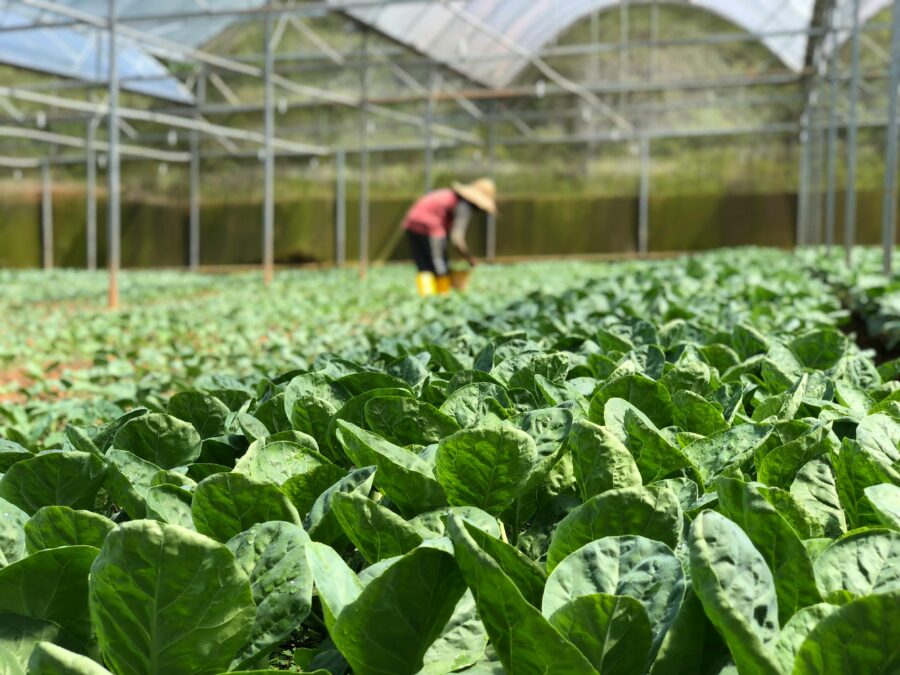Taking care of plants can be both rewarding and therapeutic, but it does come with its own set of challenges. Whether you’re a beginner or an experienced plant enthusiast, there are always tips and tricks that can help ensure your plants thrive. Let’s explore 10 essential ways to take care of your beloved plants and keep them healthy year-round.
1. Understanding Your Plant’s Needs
The first step in taking good care of your plants is understanding what they need. Not all plants are created equal, and knowing their unique requirements is key.
Know Your Plant Type
Different plants require different levels of care. A succulent, for example, may thrive with very little water, while a fern needs a more humid environment. So, the first thing you need to do is identify the type of plant you have.
Research the Plant’s Natural Environment

Once you know your plant type, it’s time to research its natural habitat. Does it prefer a tropical climate or something more arid? By recreating its native environment as closely as possible, you’ll give your plant the best chance at thriving.
2. Watering Techniques
Water is life, especially for plants. But figuring out the perfect watering routine can be tricky.
How Often to Water
Overwatering is just as harmful as underwatering. Make sure to check your plant’s soil moisture before adding more water. A good rule of thumb is to water when the top inch of soil feels dry.
The Right Amount of Water
Each plant has its own watering needs. Some prefer their soil to be consistently moist, while others, like succulents, only need a good soak every few weeks. The key is balance.
Signs of Overwatering and Underwatering
Plants have ways of telling you what they need. Yellowing leaves or moldy soil are signs of overwatering, while crispy, brown leaves are a sign your plant is thirsty.
3. Providing the Right Amount of Sunlight
Sunlight is another crucial element in plant care. Without enough light, plants can’t photosynthesize and grow.
Finding the Perfect Spot
Place your plants where they can get the right amount of light. Some plants, like cacti, love direct sunlight, while others, like ferns, prefer indirect or low light.
What to Do If There’s Limited Sunlight
If you don’t have a lot of natural light, you can use grow lights to supplement. These lights mimic the sun’s rays and can help your plant grow indoors.
4. Choosing the Right Soil
Good soil is the foundation for healthy plants. It’s where roots grow and absorb nutrients.
Why Soil Matters
The right soil will give your plants access to water and nutrients while also providing good drainage. Poor soil can lead to waterlogged roots, which can harm the plant.
Using Potting Mix vs. Garden Soil
Indoor plants thrive best in potting mix rather than garden soil. Potting mix is designed to drain better and contain the nutrients plants need for healthy growth.
5. Fertilizing for Growth

Fertilizer acts like a multivitamin for plants, providing them with extra nutrients to grow stronger and faster.
Choosing the Right Fertilizer
Use a balanced fertilizer that contains nitrogen, phosphorus, and potassium (often labeled as NPK). You can opt for organic or synthetic fertilizers depending on your preference.
How Often to Fertilize
Most plants benefit from fertilizing every 4-6 weeks during the growing season. Be careful not to over-fertilize, as this can damage the roots.
6. Pruning and Trimming
Pruning is essential for promoting healthy growth and keeping your plant in shape.
Benefits of Pruning
Pruning helps remove dead or yellowing leaves, encourages new growth, and improves the overall appearance of your plant.
Best Time to Prune
The best time to prune is during the plant’s growing season, which is typically spring or summer. Avoid pruning during the dormant winter months.
7. Controlling Pests and Diseases
Pests and diseases can wreak havoc on your plants, but they don’t have to if you stay proactive.
Identifying Common Plant Pests
Common pests like aphids, spider mites, and scale can cause serious damage. Regularly check under the leaves for signs of infestation.
Using Natural Remedies
To combat pests, try using natural remedies like neem oil, insecticidal soap, or a mixture of water and dish soap. These solutions are gentle on your plants but tough on pests.
8. Repotting for Growth

Over time, your plant will outgrow its pot and need more space to grow.
Signs Your Plant Needs Repotting
If roots are growing out of the drainage holes or the plant looks top-heavy, it’s time to repot. Repotting helps your plant grow by giving its roots more room to expand.
How to Repot Without Damaging Roots
When repotting, gently loosen the roots and choose a pot that’s only slightly bigger than the previous one. Water thoroughly after repotting to help the plant settle in.
9. Temperature and Humidity Considerations
Most houseplants come from tropical environments, which means they thrive in warm, humid conditions.
Ideal Temperature for Most Plants
The ideal temperature range for most indoor plants is between 65-75°F (18-24°C). Avoid placing plants near drafts, air conditioners, or heaters, which can cause stress.
Maintaining Humidity Indoors
If the air in your home is dry, consider misting your plants or using a humidifier. Grouping plants together can also help create a more humid microclimate.
10. Talking to Your Plants: Myth or Fact?
You’ve probably heard that talking to your plants can help them grow. But is it true?
Does Talking Really Help Plants?
While there’s no solid scientific proof, many gardeners swear by talking to their plants. Some say it’s the vibrations from your voice that stimulate growth. Regardless, it can’t hurt to offer a few words of encouragement!
Creating a Positive Environment
Even if talking doesn’t directly impact plant growth, creating a positive and stress-free environment can. A happy plant is more likely to thrive.
Conclusion
Taking care of plants doesn’t have to be complicated. By following these 10 essential steps, you can ensure that your plants stay healthy, vibrant, and full of life. Whether it’s understanding their watering needs or providing the right amount of sunlight, your plants will reward you with beauty and freshness for years to come.















